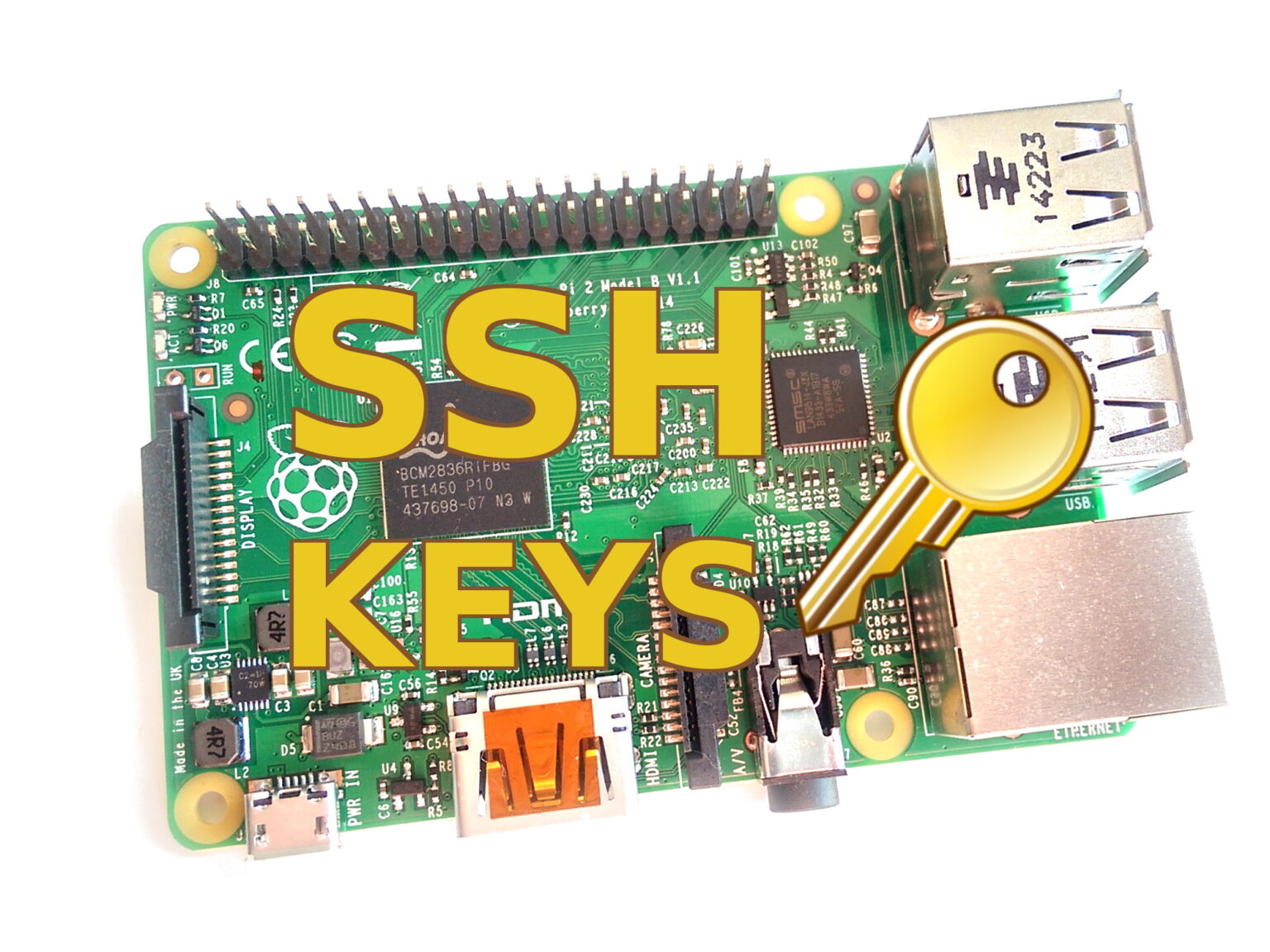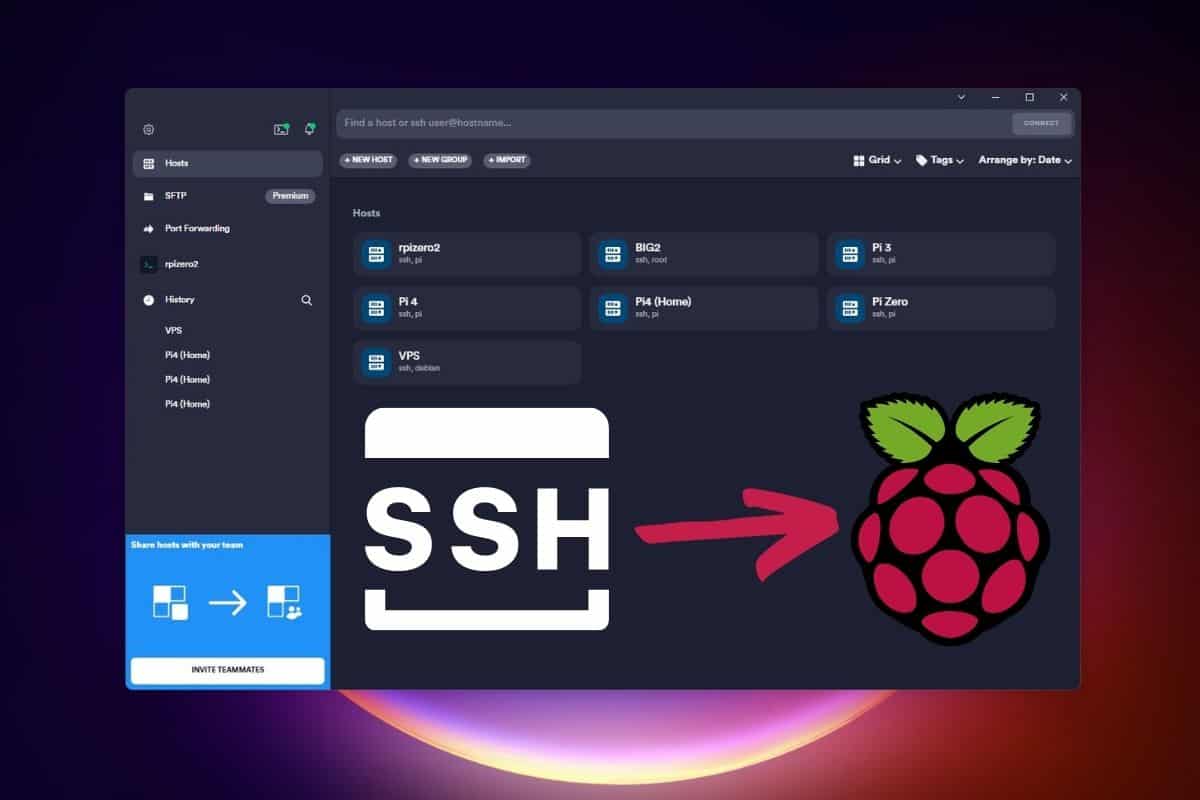Free Remote IoT Platform: SSH Keys & Raspberry Pi Guide
Are you seeking a way to remotely manage your Raspberry Pi devices, ensuring both security and cost-effectiveness? The convergence of free remote IoT platforms, Raspberry Pi technology, and secure SSH key management offers a powerful, accessible solution that empowers you to control your devices from anywhere in the world without compromising on security.
This comprehensive guide unveils the intricacies of establishing a secure remote access system for your Raspberry Pi, specifically focusing on the utilization of SSH keys and free remote IoT platforms. With the rise of the Internet of Things (IoT), the need for secure and efficient remote device management has become paramount. This guide will show you how to manage your Raspberry Pi devices remotely from anywhere in the world. Whether you're a tech enthusiast, a professional, or simply someone looking to explore the world of IoT, understanding these methods will enhance your projects and protect your devices.
The core of this approach centers around the integration of free remote IoT platforms with Raspberry Pi devices, leveraging the robust security of SSH key authentication. This integration enables secure and efficient remote access to your devices, simplifying device administration, monitoring, and overall management.
- Michael Dubb Net Worth 2024 Real Estate Horse Racing Insights
- Decoding Henry Beards Net Worth In 2024 Beyond
Before diving into the specifics, let's clarify a few foundational concepts. At the heart of this system lies the Secure Shell (SSH) protocol. SSH serves as a cryptographic network protocol, providing secure communication over an unsecured network. Think of it as a secure tunnel that protects all data transmitted between your device and the remote server. SSH key authentication goes a step further, enhancing security by replacing the traditional password-based login with a more secure key-based system. Free remote IoT platforms, on the other hand, provide the infrastructure and tools needed to manage and monitor your devices remotely.
The integration of these technologies offers a multitude of advantages, including:
- Amanda Martins Net Worth In 2024 Iron Resurrection More
- Jimmie Vaughan Net Worth How Much Is The Blues Legend Worth
- Secure Remote Connections: SSH key authentication provides a secure way to connect to your Raspberry Pi from anywhere.
- Protection against Unauthorized Access: SSH key-based authentication protects your devices from unauthorized access.
- Simplified Device Administration and Monitoring: Remote IoT platforms streamline the management and monitoring of your Raspberry Pi devices.
- Cost-Effectiveness: Many free remote IoT platforms are available, making this solution accessible to all.
One of the main challenges when managing devices remotely is maintaining security. Traditional password-based authentication can be vulnerable to attacks. SSH keys offer a more secure alternative. With SSH keys, instead of a password, you use a pair of keys: a private key (which you keep secret) and a public key (which you can share). This method ensures robust security and streamline remote management.
The process of setting up a free remote IoT platform with secure SSH key management for Raspberry Pi can be broken down into several straightforward steps. These steps, which we'll delve into later, involve creating an account on your chosen platform, generating SSH keys, deploying the public key to your Raspberry Pi, and finally, accessing your device remotely. The steps include:
- Choose a free Remote IoT Platform: Select a platform that supports SSH key authentication and Raspberry Pi devices. Some popular choices include RemoteIoT, and others mentioned above.
- Create an Account: Sign up for an account on the chosen platform.
- Generate SSH Keys: Create a pair of SSH keys (private and public) on your local machine.
- Deploy the Public Key: Upload the public key to the platform, associating it with your Raspberry Pi device.
- Access Your Device Remotely: Use the platform to connect to your Raspberry Pi securely.
Setting up SSH keys on your Raspberry Pi with the remote IoT platform is typically a straightforward process. The specific instructions will vary depending on the platform, but the general steps are consistent. This process involves associating the key with your device and granting appropriate permissions. This guide will explore how Raspberry Pi, combined with SSH, can be used to create a robust remote IoT platform.
Let's now explore some popular platforms and tools that can be used to implement this setup. One option is to use a secure IoT device management and remote access platform like SocketXP, trusted by numerous customers worldwide. SocketXP is a cloud-based IoT remote access and device management solution that provides SSH access to remotely located IoT devices. This platform offers a convenient way to manage your devices, even those behind NAT routers or firewalls. All network traffic is encrypted via an SSH tunnel.
For those seeking a comprehensive understanding, it is important to understand why SSH matters for your Raspberry Pi devices. SSH protocol allows secure remote access to your Raspberry Pi over the internet. It ensures that the data transmission is secure.
Remember, with free remote IoT platforms and Raspberry Pi, you can achieve all of this without breaking the bank. There are plenty of free remote IoT platforms out there that can help you keep everything secure.
The digital age necessitates remote device management, making the concept of remote IoT platform SSH key access for Raspberry Pi increasingly important for tech enthusiasts and professionals alike. The steps outlined in this guide will walk you through everything you need to know about setting up and using a remote IoT platform SSH on Raspberry Pi, including a free, cost-effective method to start managing your Raspberry Pi devices from anywhere in the world, securely and at no cost.
The term "free remote IoT platform SSH key Raspberry Pi" might sound like tech jargon, but it's about to change how you interact with devices forever. Imagine controlling your smart home gadgets, monitoring data from sensors, or even running complex scripts all from anywhere in the world!
By leveraging a free SSH key setup, users can significantly enhance the security and streamline remote access to their IoT infrastructure. The free remote IoT platform SSH key Raspberry Pi integration is used to enable secure and efficient remote access to Raspberry Pi devices. The steps below will guide you through the process, from creating an account to accessing your devices remotely.
This method ensures robust security and streamlines remote management. Whether you are looking for a free remote IoT platform to manage your Raspberry Pi securely using SSH keys, or have experience with IoT, understanding these steps, you can significantly enhance your projects. By following the steps outlined in this guide, you can create a secure and efficient system that meets your specific needs.
The comprehensive approach also covers critical aspects like deploying the SSH key to your Raspberry Pi, which the remote IoT platform streamlines. Follow the platform's instructions, which typically involve associating the key with your device and granting the appropriate permissions. By following the above security best practices and guidelines, you can fortify your IoT device against potential security threats!
Moreover, there's the added advantage of being able to manage multiple Raspberry Pi devices from a single platform, simplifying device administration and monitoring. Managing SSH keys securely for remote IoT platforms on Raspberry Pi is crucial for maintaining robust cybersecurity practices. The steps mentioned will guide you through the process, from creating an account to accessing your devices remotely.
Ultimately, this methodology ensures robust security and streamlines remote management. Additionally, the steps outlined in this guide are designed to meet your specific needs, allowing you to create a secure and efficient system. The implementation of secure SSH key management for Raspberry Pi is crucial for maintaining robust cybersecurity practices.
Raspberry Pi remote monitoring tools (also for IoT devices) besides remote management needs, you may also need to simply remotely control your Raspberry Pi, to get notified in case your device goes offline or stops unexpectedly. This guide will explore how Raspberry Pi, combined with SSH, can be used to create a robust remote IoT platform.
In conclusion, setting up a free remote IoT platform using SSH keys and a Raspberry Pi is a fantastic way to explore the world of IoT without breaking the bank. Learn how to securely connect to your Raspberry Pi or IoT device remotely over the internet without the need for port forwarding.
The journey into remote IoT platform SSH key management for Raspberry Pi empowers you to centrally manage and discover all authentication keys and SSH login files, transforming how you interact with your devices. You can even connect to devices behind firewalls.
The integration of these technologies opens a world of possibilities, including:
- Secure Remote Connections: SSH key authentication ensures a secure and encrypted connection to your Raspberry Pi.
- Enhanced Security: SSH key authentication protects your devices from unauthorized access, a critical aspect of IoT device management.
- Streamlined Device Management: Remote IoT platforms offer centralized control, simplifying device administration and monitoring.
- Accessibility: The use of free platforms keeps costs down, making this technology accessible to a wider audience.
Are you looking for a free remote IoT platform to manage your Raspberry Pi securely using SSH keys? If so, you're in the right place.
What is SSH and why does it matter for Raspberry Pi? Alright, lets start with the basics. The free remote IoT platform SSH key Raspberry Pi integration is used to enable secure and efficient remote access to Raspberry Pi devices.
This method ensures robust security and streamlines remote management. Whether you are looking for a free remote IoT platform to manage your Raspberry Pi securely using SSH keys, or have experience with IoT, understanding these steps, you can significantly enhance your projects.
It can support many protocols, including also RDP, VNS, and SSH. Setting up a free remote IoT platform with secure SSH key management for Raspberry Pi is an excellent way to manage your IoT devices efficiently and securely.
Remote IoT platform SSH download Raspberry Pi without windows.
| Aspect | Details |
|---|---|
| Technology | Raspberry Pi, SSH, Free Remote IoT Platforms |
| Purpose | Secure Remote Access and Management of Raspberry Pi Devices |
| Security Method | SSH Key Authentication |
| Cost | Free (Utilizing Free Platforms) |
| Key Benefits | Secure Connections, Protection Against Unauthorized Access, Simplified Device Management, Cost-Effectiveness |
| Platforms | RemoteIoT, SocketXP (and others) |
| Protocols Supported | SSH, RDP, VNS (depending on the platform) |
| Requirement | Understanding of SSH, Remote Access Concepts, and IoT Platforms |
| Target Audience | Tech enthusiasts, professionals, anyone interested in IoT |
This comprehensive guide will walk you through everything you need to know about setting up and using the remote IoT platform SSH on Raspberry Pi, including a free. The remote IoT platform streamlines the process of deploying your SSH key to the Raspberry Pi.
- Steven Guilbeaults Net Worth Agenda 2024 Update
- Doughp On Shark Tank From Rejection To 13m In Sales Success

Unlock The Power Of Free RemoteIoT Platform SSH Key Raspberry Pi For

Remote IoT Platform SSH On Raspberry Pi Download & Setup Guide

Remote IoT Platform SSH Raspberry Pi Download Free A Comprehensive Guide